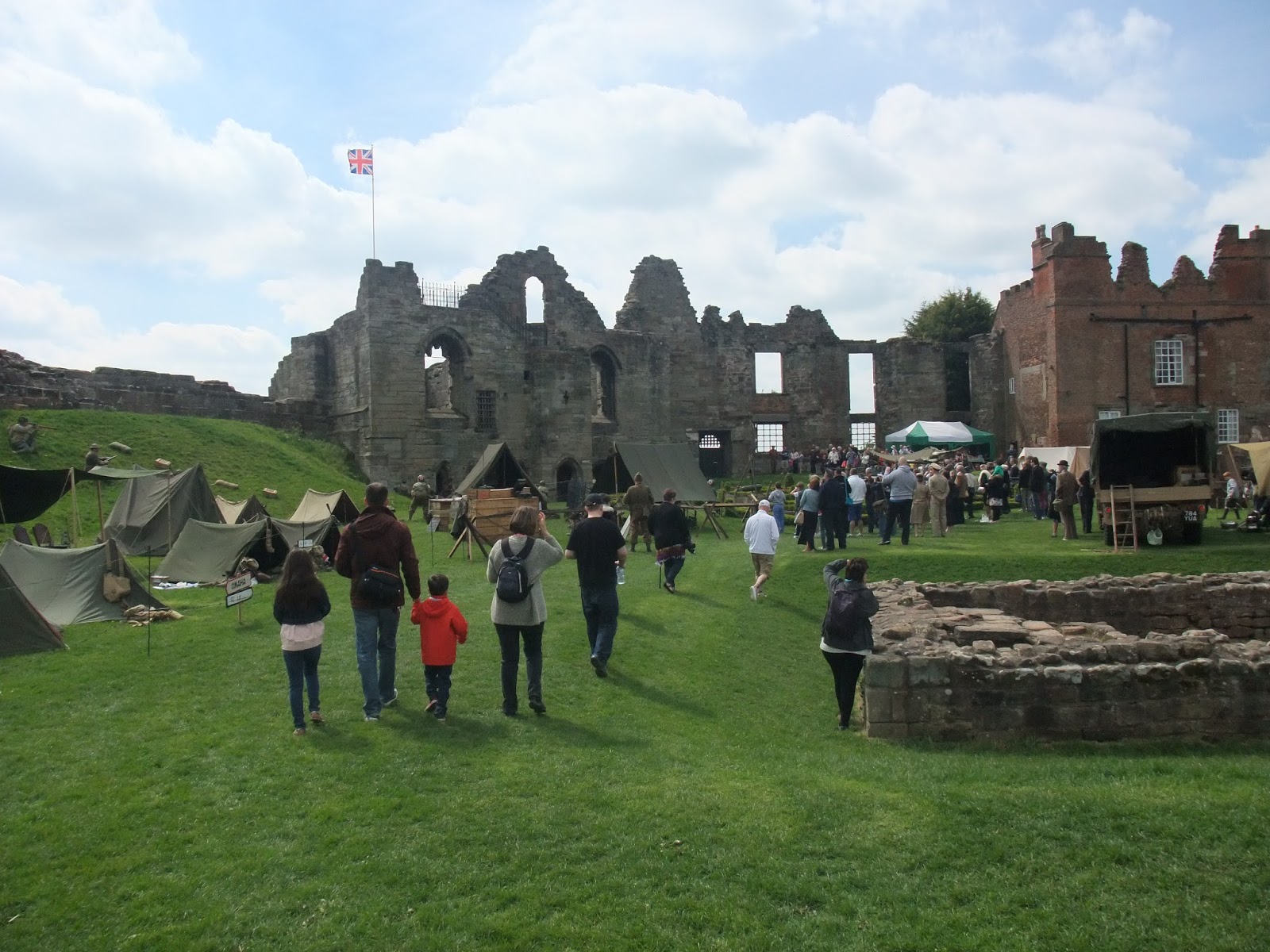I spent a few hours yesterday at the book festival in Edinburgh. This inevitably involves a great deal of sitting around waiting for things to happen, but that's okay, since you won't be at a loss for something to read.
Myself, I used the time to read Gardner Fox's Kothar the Barbarian, part of my ongoing interest in pulp science fiction & fantasy. I'd picked this one up a couple of years back in the Star Books edition shown above. This Australian mass mass market paperback edition was fairly cheap ca.1969 when it came out and is still fairly inexpensive on the second-hand market, so it wasn't a difficult book to acquire.
Gardner Fox was an amazingly proloific writer. As well as working full-time for DC Comics as a writer (amongst the things he created while there was Batman's famous Utility Belt), he published at least one novel a year, and sometimes many more. When DC got rid of him and many of their other veterans in 1968 (so that they didn't have to provide health insurance for their older staff workers), he sought out other markets.
One of these other markets was TSR's games magazine The Dragon, which published his Niall of the Far Travels short stories from the mid-70s onwards. This was where I first encountered his writings as a young Dungeons and Dragons fan. At the time, I was completely unaware of his other work, so it was only much later that I realised how important a writer he had been for the creators of D&D, and the likely reason he had been asked to write for The Dragon to begin with (he also created a boardgame for TSR during this period–he really was a polymath).
I'm not going to claim that these stories about a humongous northern barbarian and his magic sword Frostfire are great art or especially innovative. Indeed, they're filled with the cliches of the genre with seductive witches, rubies the size of pigeons' eggs, low taverns and high body counts. However, what they do have is a tremendous energy as Kothar battles his way from encounter to fabulous encounter and a heavy sprinkling of that elusive 'sense of wonder' that fans so crave. If you're a player of D&D, you'll also notice a few ideas that Gygax & Arneson took straight from the Kothar stories and incorporated in their game.
In short, I enjoyed this and will be looking to read the other four books in the series. None of them seem to be especially cheap, so it may be a while before I find them at a price I like. Wish me luck!







